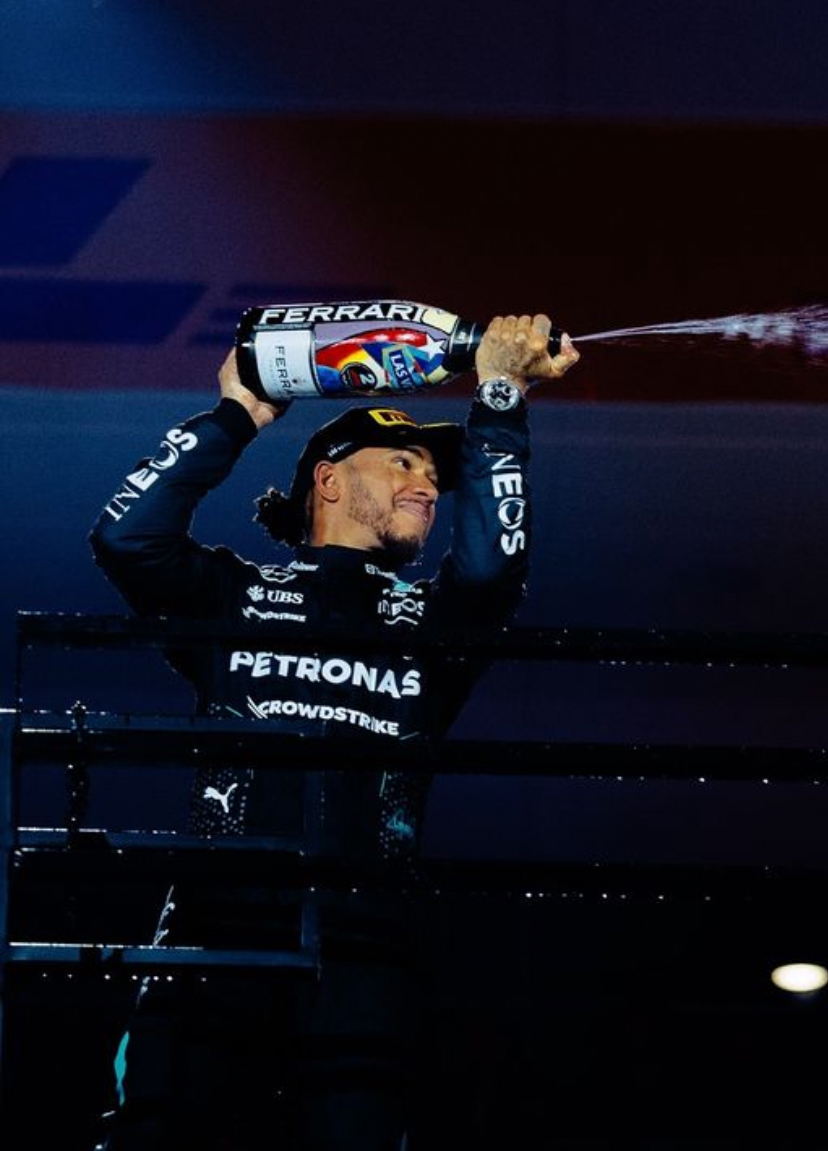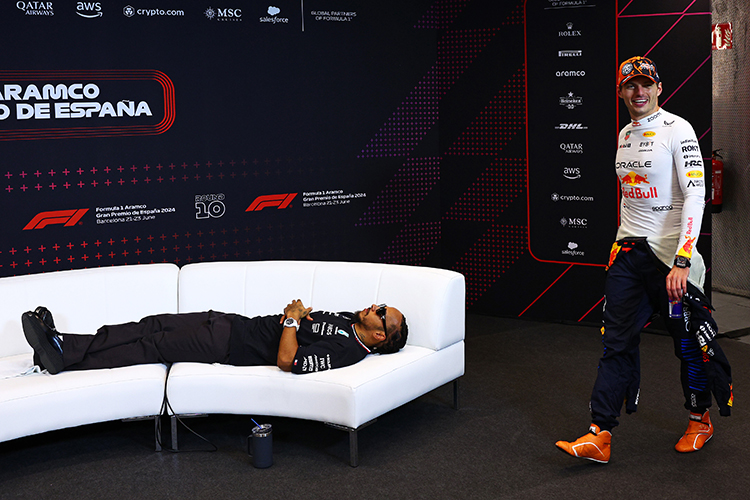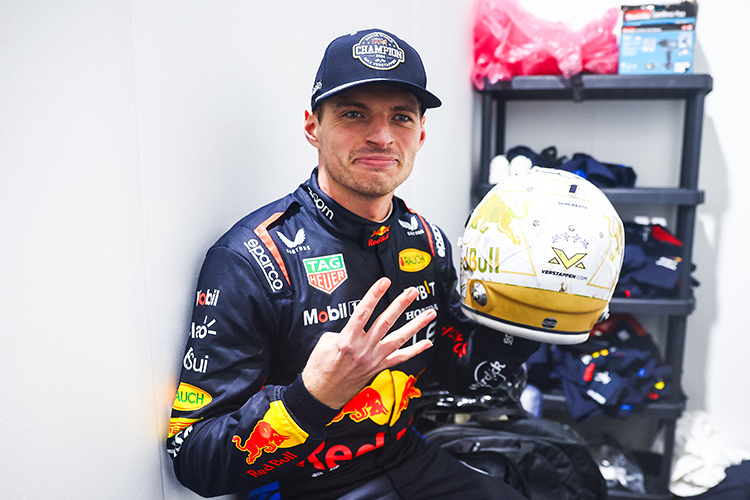Why DRS Is Restricted to Specific Zones in Formula 1

Formula 1 World Champions: A legacy of racing legends
Why is DRS only allowed in specific zones on a circuit?
Discover why DRS is restricted to specific zones in Formula 1, ensuring fairness, safety, and strategic depth for thrilling racing action.
Since its introduction in 2011, the Drag Reduction System (DRS) has revolutionized overtaking in Formula 1, enhancing on-track excitement. However, its usage is carefully limited to designated areas called DRS zones. These restrictions play a critical role in maintaining safety, fairness, and the strategic depth that defines Formula 1 racing. But why is DRS confined to specific zones? Let’s explore the key reasons.
Ensuring Fair Competition
Unrestricted use of DRS could make overtaking too easy, diminishing the skill required to execute a pass. By confining DRS to specific zones, Formula 1 ensures that overtaking remains a tactical challenge.
DRS zones are strategically placed on straights or slightly curved sections, allowing drivers to leverage reduced drag for overtakes without trivializing the effort involved. This balance preserves the competitive integrity of the sport.
Enhancing Race Safety
Activating DRS reduces a car's downforce, which is critical for stability during high-speed cornering. If drivers could deploy DRS indiscriminately, especially in corners, it could lead to loss of control and dangerous accidents.
By restricting DRS to straights or mild bends, the FIA ensures that drivers can use the system without compromising safety, reducing the risk of crashes and maintaining the integrity of the competition.
Promoting Strategic Racing
DRS zones add a layer of strategy to Formula 1. Drivers and teams must carefully plan their overtaking attempts, considering timing, positioning, and slipstreaming to maximize the system's impact.
For instance, circuits like Silverstone feature DRS zones on the Wellington and Hangar straights, areas conducive to overtaking but still requiring skill and precision. This ensures that racing remains engaging and strategic.
Adapting to Circuit Characteristics
Each Formula 1 track presents unique challenges, from tight corners to long straights and varying elevations. DRS zones are tailored to suit these individual characteristics:
- Monza: Known for its long straights, DRS zones here maximize slipstreaming and high-speed overtaking opportunities.
- Monaco: With its narrow layout, DRS zones provide minimal assistance, reflecting the circuit's inherent difficulty in overtaking.
Carefully placed DRS zones enhance racing without overshadowing the unique demands of each track.
Avoiding Overreliance on DRS
Formula 1 aims to balance creating overtaking opportunities with maintaining the sport's purity. By limiting DRS to specific zones, the FIA ensures that drivers still rely on traditional racing techniques, such as late braking, optimal racing lines, and multi-corner setups, to execute overtakes.
Encouraging Tactical Defending
Restricted DRS zones also allow defending drivers to adapt their strategies. Knowing where rivals can activate DRS enables defenders to position their cars effectively or maximize their corner exits to neutralize the advantage. This interplay between offense and defense adds drama and complexity to the sport.
Conclusion
Restricting DRS to specific zones is a masterstroke of regulatory design in Formula 1. It ensures that the system serves as an overtaking aid rather than a crutch, preserving the skill, strategy, and excitement that define the sport.
By balancing the thrill of wheel-to-wheel racing with the need for safety and fairness, DRS zones have become a vital ingredient in modern Formula 1, providing fans with unforgettable moments of competition.
Up Next



